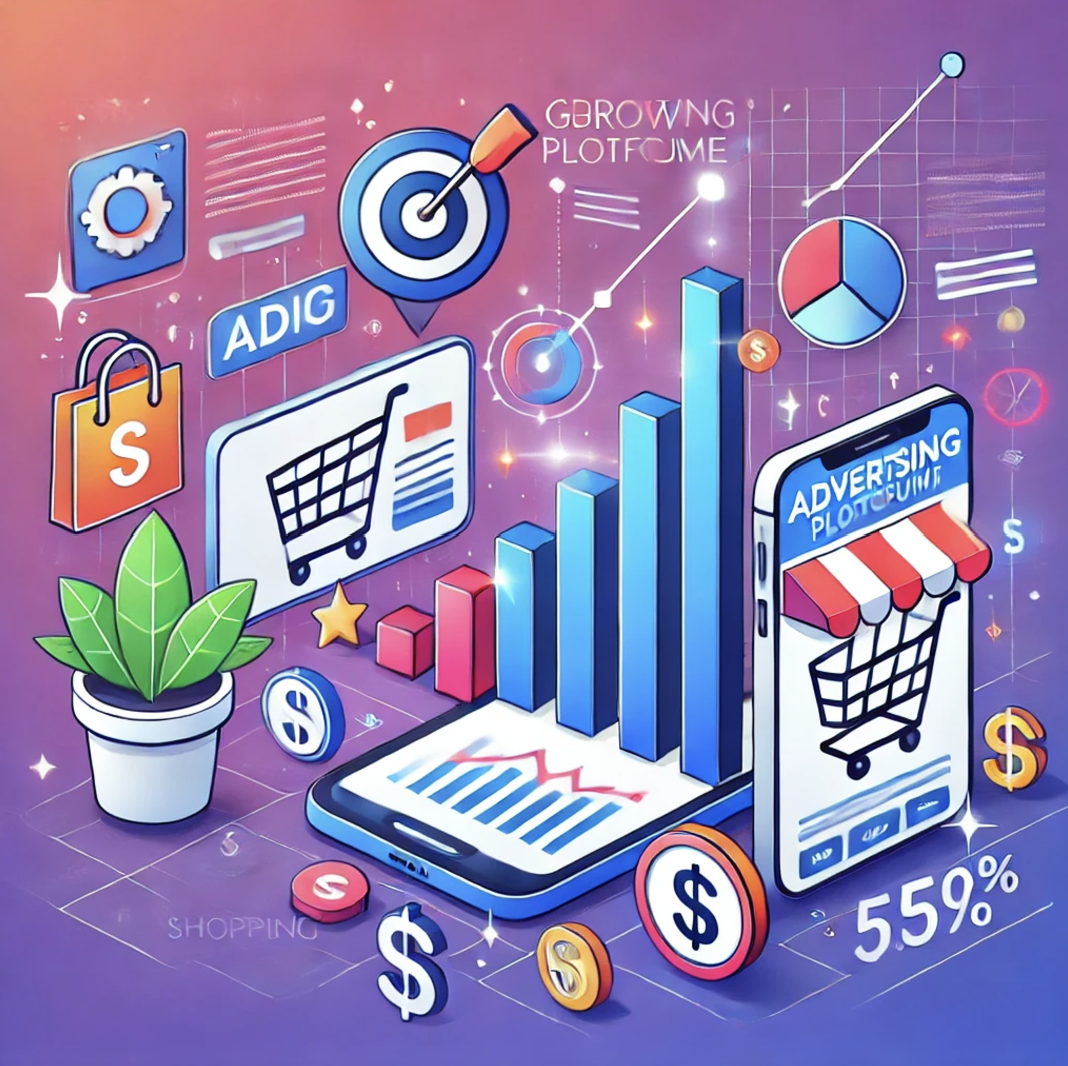Choosing the Right Advertising Platform: A Compreh …

When comparing advertising platforms, the key factors to evaluate include audience reach, targeting capabilities, ad formats, pricing models, analytics, and suitability for specific industries. Here’s a breakdown of some major ad platforms to help you make an informed decision:
1. Google Ads
Best For: Search and display advertising, e-commerce, and lead generation.
| Feature | Details |
|---|---|
| Audience Reach | Billions of users worldwide through Google Search, Display Network, YouTube. |
| Targeting Capabilities | Keywords, demographics, location, device, retargeting. |
| Ad Formats | Search ads, display ads, shopping ads, video ads. |
| Pricing Model | Pay-per-click (PPC), cost-per-thousand-impressions (CPM). |
| Strengths | High intent traffic, robust analytics, integration with Google tools. |
| Challenges | Competitive bidding can lead to high costs in popular industries. |
2. Facebook Ads
Best For: Social media marketing, B2C businesses, community building.
| Feature | Details |
|---|---|
| Audience Reach | 2.8+ billion active users on Facebook and Instagram. |
| Targeting Capabilities | Interests, behaviors, demographics, retargeting, lookalike audiences. |
| Ad Formats | Image ads, carousel ads, video ads, stories, reels. |
| Pricing Model | Cost-per-click (CPC), cost-per-thousand-impressions (CPM). |
| Strengths | Advanced targeting, strong visual ad capabilities, community engagement. |
| Challenges | Reduced effectiveness due to privacy changes (e.g., iOS updates). |
3. LinkedIn Ads
Best For: B2B marketing, professional services, and job recruitment.
| Feature | Details |
|---|---|
| Audience Reach | 900+ million professionals globally. |
| Targeting Capabilities | Job title, company size, industry, skills, seniority, retargeting. |
| Ad Formats | Sponsored posts, text ads, InMail, carousel ads, lead gen forms. |
| Pricing Model | CPC, CPM, cost-per-send (InMail). |
| Strengths | Highly specific B2B targeting, professional audience. |
| Challenges | Higher cost-per-click compared to other platforms. |
4. TikTok Ads
Best For: Short-form video content, engaging younger audiences.
| Feature | Details |
|---|---|
| Audience Reach | 1+ billion active users, primarily Gen Z and Millennials. |
| Targeting Capabilities | Interests, behaviors, demographics, location. |
| Ad Formats | In-feed ads, branded hashtags, branded effects, TopView ads. |
| Pricing Model | CPC, CPM, cost-per-view (CPV). |
| Strengths | High engagement rates, viral potential, creative storytelling. |
| Challenges | Requires consistent creative output to maintain visibility. |
5. Instagram Ads
Best For: Visual marketing, fashion, beauty, and lifestyle brands.
| Feature | Details |
|---|---|
| Audience Reach | 2+ billion monthly users (integrated with Facebook Ads). |
| Targeting Capabilities | Same as Facebook Ads (integrated targeting). |
| Ad Formats | Image ads, video ads, carousel ads, stories, reels. |
| Pricing Model | CPC, CPM. |
| Strengths | Strong visual storytelling, high engagement rates. |
| Challenges | Ad fatigue and saturation can reduce effectiveness. |
6. YouTube Ads
Best For: Video marketing, brand awareness, and tutorial content.
| Feature | Details |
|---|---|
| Audience Reach | Over 2.6 billion active users globally. |
| Targeting Capabilities | Demographics, interests, keywords, retargeting, placement targeting. |
| Ad Formats | Skippable/non-skippable ads, bumper ads, in-video ads, discovery ads. |
| Pricing Model | Cost-per-view (CPV), CPM. |
| Strengths | High engagement, great for storytelling and product demos. |
| Challenges | Requires high-quality video production. |
7. Twitter Ads
Best For: Real-time engagement, trending topics, and community building.
| Feature | Details |
|---|---|
| Audience Reach | 450+ million active users. |
| Targeting Capabilities | Keywords, interests, demographics, retargeting. |
| Ad Formats | Promoted tweets, video ads, carousel ads, moments. |
| Pricing Model | CPC, CPM, cost-per-engagement (CPE). |
| Strengths | High engagement around live events and trends. |
| Challenges | Limited reach compared to larger platforms. |
8. Pinterest Ads
Best For: Visual discovery, lifestyle, and e-commerce brands.
| Feature | Details |
|---|---|
| Audience Reach | 450+ million active users, primarily women. |
| Targeting Capabilities | Keywords, demographics, interests, retargeting. |
| Ad Formats | Promoted pins, video pins, shopping ads. |
| Pricing Model | CPC, CPM. |
| Strengths | Highly visual, great for product discovery and inspiration. |
| Challenges | Smaller user base compared to competitors. |
Key Considerations When Choosing a Platform
- Target Audience: Choose platforms based on where your target demographic is most active.
- Industry Suitability: Some platforms (e.g., LinkedIn for B2B) are better suited to specific industries.
- Budget: Platforms like TikTok and Pinterest may offer lower CPCs for smaller budgets.
- Creative Resources: Platforms like YouTube and TikTok require consistent, high-quality content.
By selecting the right platform for your business goals, you can maximize the ROI of your advertising efforts.
